Words Matter When Talking About Alzheimer’s

Words matter when talking about Alzheimer’s
Using war metaphors in reference to Alzheimer’s disease should be replaced with messages of resilience against a complex, age-associated condition that may not be fully defeatable, according to a team of researchers.
Framing a health issue through comparisons to warfare is common in popular media and medical and research communities. While it can motivate efforts to deal with the issue, this type of language and messaging can also create fear and stigma, turn patients into victims and divert resources from critically important prevention and care, said Daniel R. George, assistant professor of medical humanities, Penn State College of Medicine.
Despite decades of failures in Alzheimer’s drug development, scientific attention continues to focus on drugs that “attack” a molecular compound called beta amyloid, with the goal of curing the disease. Amyloid is a key component of the plaques in the brain that are a hallmark of Alzheimer’s disease. Research, however, shows that the appearance of amyloid does not correlate with clinical symptoms and beta amyloid has repeatedly been found in the brains of one-third of “normal” elderly people. This suggests that amyloid may be a symptom rather than a cause of damage. A growing number of researchers believe that declaring “war” on Alzheimer’s by “attacking” amyloid may ultimately be an exercise in self-harm, particularly if amyloid is representative of the brain’s repair response, and may be channeling resources away from other drug-based approaches that do not assume amyloid toxicity.
Scholars have argued that metaphors and narratives that treat disease as something to be attacked can be socially damaging to those affected. The value of such metaphors may be clearer for infectious diseases caused by single pathogens. It becomes more problematic when discussing diverse, age-associated syndromes like Alzheimer’s that may not be fully curable. In this way, war metaphors in medicine can invite ways of thinking that may not be scientifically or socially productive.
“If applied in a careless manner, war metaphors can delude our sense of what’s possible therapeutically, and give false hope to people and caregivers who are suffering,” George said.
George and his co-authors propose moving toward different types of metaphors – those that encourage use of words like “slow” or “postpone” rather than “prevent” or “cure,” and emphasize building “resilience” to aging processes in the brain rather than aiming at “absolute victory” over a disease. While “fighting” and “defeating” Alzheimer’s through drug development is important, the authors argue it may be wiser to acknowledge that Alzheimer’s is not a disease disconnected from the aging process like polio or malaria. The authors note that Alzheimer’s has been classified as a disease for the past 40 years. They suggest it may be more beneficial to take a lifespan-oriented approach that includes education about known biological, psychosocial and environmental risk factors, investment in societal programs and infrastructure that support brain health, and ensuring proper care for those affected and their caregivers.
“While not as profitable as drug development, public health initiatives that reduce vascular risk factors, modulate oxidative stress and inflammation, guard against traumatic brain injuries, promote social engagement and lifelong learning, and reduce exposure to neurotoxins, and other commonsense actions should be an explicit component of our societal response (to Alzheimer’s),” the researchers wrote in the American Journal of Bioethics.
George drew particular attention to the residents of Flint, Michigan being exposed to lead, a neurotoxin, through the water supply.
“It is inexcusable that we could let our public infrastructure fail to the point where it becomes a contributor to Alzheimer’s disease risk for socio-economically disadvantaged citizens,” George said. “If we’re really serious about addressing the problem of Alzheimer’s, we must start by not poisoning our citizens.”
Moving beyond the notion of being at war against Alzheimer’s could also serve to humanize cognitive aging.
“There’s a widely-accepted myth that people who have Alzheimer’s are sort of non-people, akin to zombies,” George said. “There are ways to construct meaning around memory loss that show greater compassion and solidarity toward people with cognitive frailty rather than seeing them as passive victims in our biological war against the disease. We believe in a more humane message – that even if you have a diagnosis of ‘probable Alzheimer’s’ you can still have a life with deep purpose, social contribution and meaningful relationships.”
More Posts from Science-is-magical and Others
This is the chemical formula for love: C8H11NO2+C10H12N2O+C43H66N12O12S2 dopamine, seratonin, oxytocin. It can be easily manufactured in a lab, but overdosing on any of them can cause schizophrenia, extreme paranoia, and insanity. Let that sink in.
(via mrzim)
Y is for Ytterbium
Science Alphabet Game!
A is for Adenine!
Reblog with the next letter.
So they found this adorable little dinosaur called Anchiornis


See those feathers? The skeleton they found was so well-preserved that scientists were able to examine the pigment cells in the feathers and compare them to those of modern day birds.
And they were able to do this with such accuracy that they know the coloration of this dinosaur. In life it looked something like this.

It just baffles me that we know the color patterns of an animal that has been dead for 161 million years

Cassini has finally reached its end. But the fiery end doesn’t have to be as sad as we’ve imagined it. 🚀♥️ ✏️: @erika.nesvold #science #saturn #cassini #sad #home #sciencealert #beautiful http://ift.tt/2y7bUO1
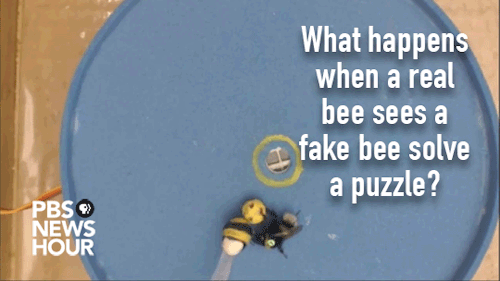
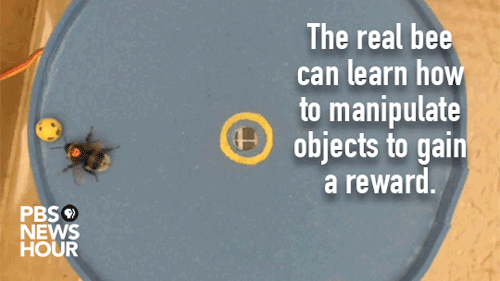
What does it take to teach a bee to use tools? A little time, a good teacher and an enticing incentive. Read more here: http://to.pbs.org/2mpRUAz
Credit: O.J. Loukola et al., Science (2017)
-
 replicant1955 liked this · 6 years ago
replicant1955 liked this · 6 years ago -
 a-golden-bear liked this · 6 years ago
a-golden-bear liked this · 6 years ago -
 blancadiabla reblogged this · 6 years ago
blancadiabla reblogged this · 6 years ago -
 blancadiabla liked this · 6 years ago
blancadiabla liked this · 6 years ago -
 science-is-magical reblogged this · 7 years ago
science-is-magical reblogged this · 7 years ago -
 festive-emil-blog reblogged this · 8 years ago
festive-emil-blog reblogged this · 8 years ago -
 youniversals liked this · 8 years ago
youniversals liked this · 8 years ago -
 msgaylelynn-blog liked this · 8 years ago
msgaylelynn-blog liked this · 8 years ago -
 allmysprings liked this · 8 years ago
allmysprings liked this · 8 years ago -
 purplescaledragon-blog liked this · 8 years ago
purplescaledragon-blog liked this · 8 years ago -
 disco-dancer-donna liked this · 8 years ago
disco-dancer-donna liked this · 8 years ago -
 idlnmclean reblogged this · 8 years ago
idlnmclean reblogged this · 8 years ago -
 luminousradar liked this · 8 years ago
luminousradar liked this · 8 years ago -
 molibdenita liked this · 8 years ago
molibdenita liked this · 8 years ago -
 yougotmewishingforthestars liked this · 8 years ago
yougotmewishingforthestars liked this · 8 years ago -
 michellemajors liked this · 8 years ago
michellemajors liked this · 8 years ago -
 gasolinefilledwaterguns liked this · 8 years ago
gasolinefilledwaterguns liked this · 8 years ago -
 s40089 liked this · 8 years ago
s40089 liked this · 8 years ago -
 chipspace liked this · 8 years ago
chipspace liked this · 8 years ago -
 krombopulos9michael liked this · 8 years ago
krombopulos9michael liked this · 8 years ago -
 djbl0nde reblogged this · 8 years ago
djbl0nde reblogged this · 8 years ago -
 djbl0nde liked this · 8 years ago
djbl0nde liked this · 8 years ago -
 space-stegosaurus liked this · 8 years ago
space-stegosaurus liked this · 8 years ago -
 joybirds reblogged this · 8 years ago
joybirds reblogged this · 8 years ago -
 erthetoc liked this · 8 years ago
erthetoc liked this · 8 years ago -
 ebonytoussaint liked this · 8 years ago
ebonytoussaint liked this · 8 years ago -
 knottybear reblogged this · 8 years ago
knottybear reblogged this · 8 years ago -
 deepblu96-blog liked this · 8 years ago
deepblu96-blog liked this · 8 years ago -
 dyskrasia liked this · 8 years ago
dyskrasia liked this · 8 years ago -
 everyprocrastination liked this · 8 years ago
everyprocrastination liked this · 8 years ago -
 medslp reblogged this · 8 years ago
medslp reblogged this · 8 years ago -
 vocalfolds liked this · 8 years ago
vocalfolds liked this · 8 years ago -
 dragonbane01halp liked this · 8 years ago
dragonbane01halp liked this · 8 years ago -
 antdonut reblogged this · 8 years ago
antdonut reblogged this · 8 years ago -
 sovarolussal liked this · 8 years ago
sovarolussal liked this · 8 years ago -
 erikaisfinie liked this · 8 years ago
erikaisfinie liked this · 8 years ago -
 free-to-write-blog1 liked this · 8 years ago
free-to-write-blog1 liked this · 8 years ago

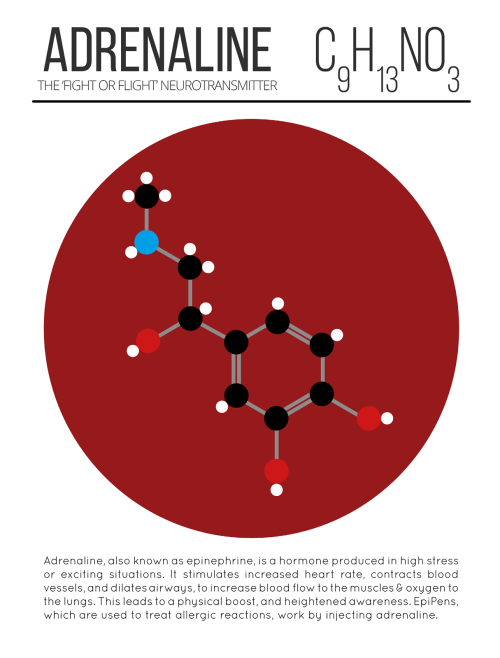
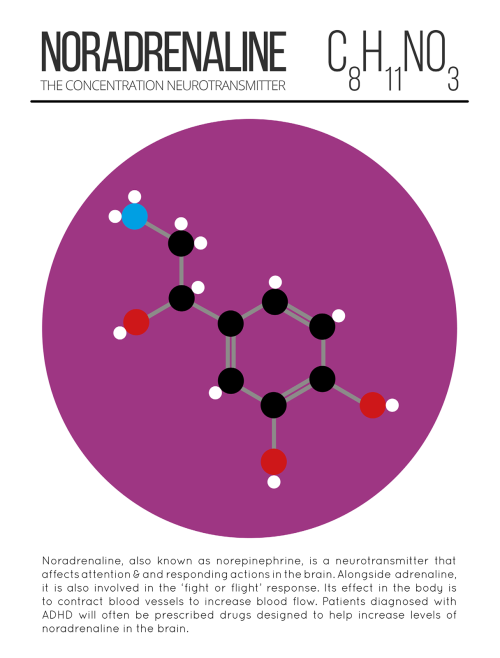
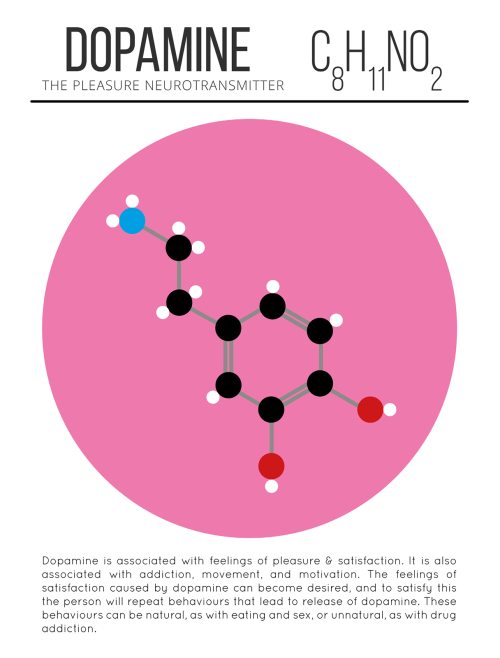

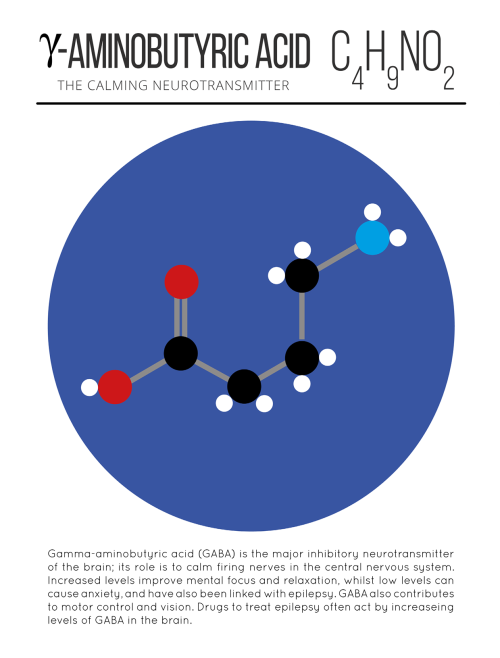
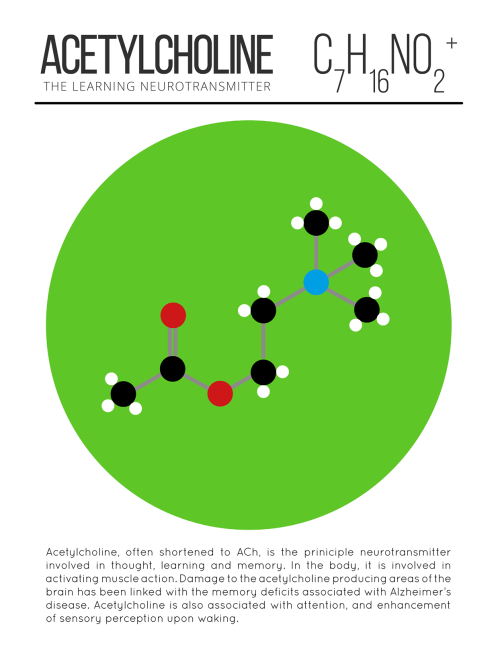

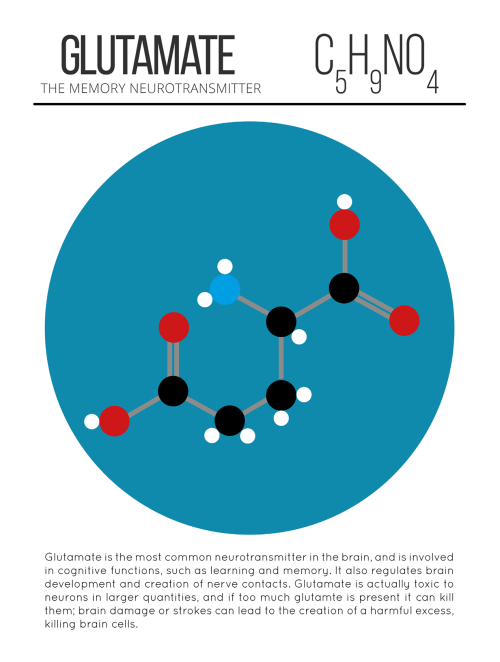
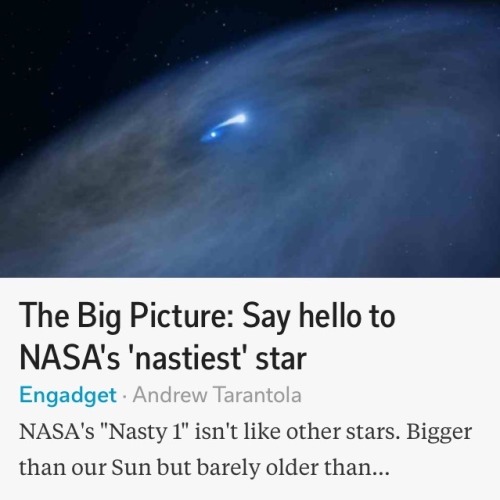







![Source [x]](https://64.media.tumblr.com/c67e16b83f88fe48da4656147229f385/tumblr_nz90mw4OiA1u1i4d4o1_500.jpg)
![Source [x]](https://64.media.tumblr.com/a60c74bcd55fb8555c574abb6eb4a0aa/tumblr_nz90mw4OiA1u1i4d4o2_500.jpg)
![Source [x]](https://64.media.tumblr.com/35e92a53a2e18de1283034cd6d7999ea/tumblr_nz90mw4OiA1u1i4d4o3_500.jpg)
![Source [x]](https://64.media.tumblr.com/4c1566aefd626f49bf3bfaf0c2e04616/tumblr_nz90mw4OiA1u1i4d4o4_500.jpg)
![Source [x]](https://64.media.tumblr.com/61c3673d595a1d1ddb2bd9c6d25862ae/tumblr_nz90mw4OiA1u1i4d4o5_500.jpg)
![Source [x]](https://64.media.tumblr.com/3830b9a2ede2b1021bb8596b1bc4bb6f/tumblr_nz90mw4OiA1u1i4d4o6_500.jpg)